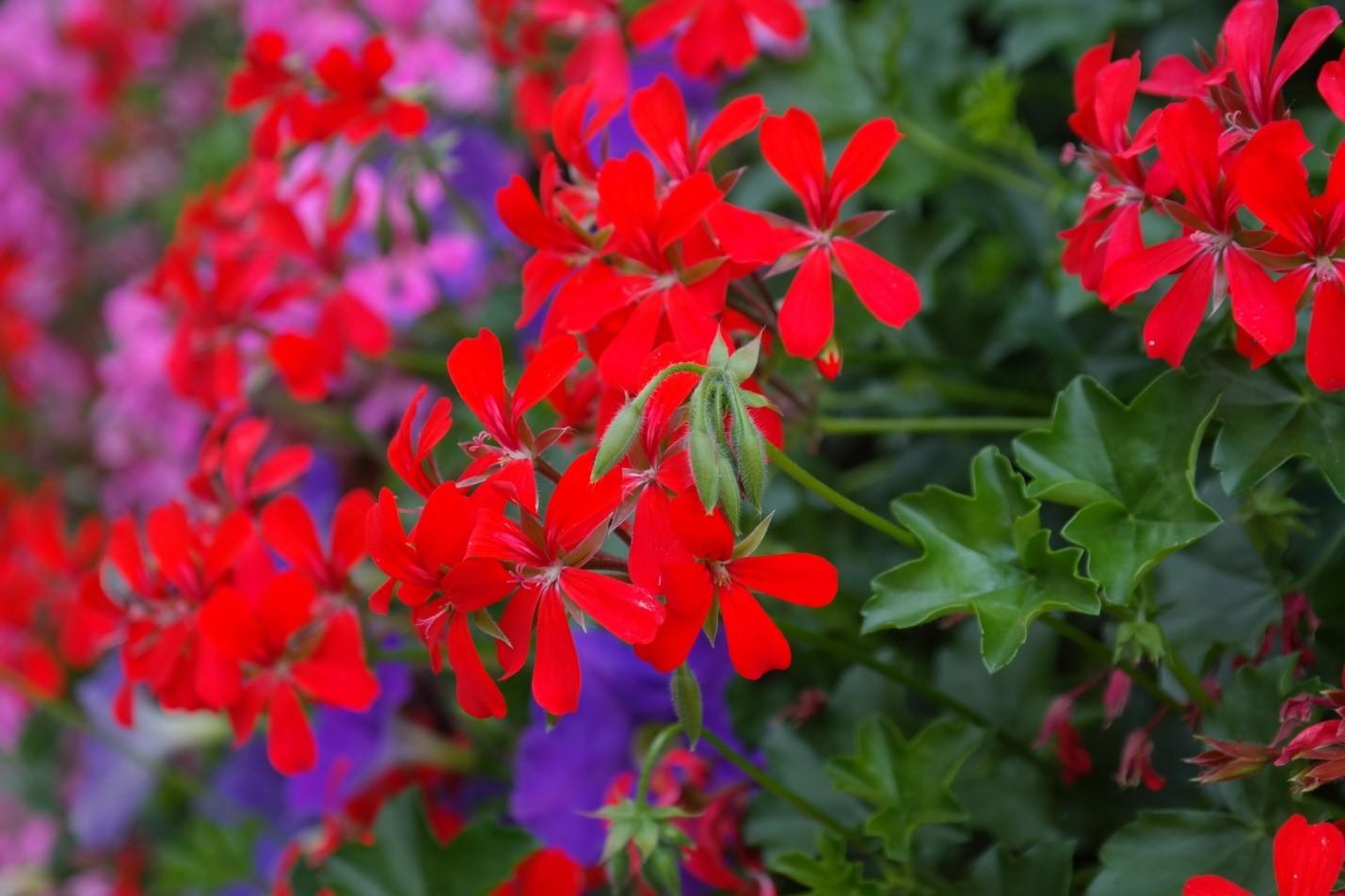Content
Coltsfoot and dandelion are very similar to each other. Therefore, many people believe that they are the same plant. However, these cultures are different. They differ in beneficial properties, appearance, flowering period and method of application. Therefore, it is worth figuring out in which cases it is better to use coltsfoot and when to use dandelion. You also need to know what the difference is in order to accurately determine which plant is which.

Coltsfoot blooms much longer than dandelion
Coltsfoot and dandelion: the same thing or not
Coltsfoot (lat. Tussilago) is a genus of perennial herbaceous plant belonging to the Asteraceae family. Widely distributed in Europe, Asia and was introduced to North America, where it successfully took root. Coltsfoot belongs to the category of early flowering spring plants. It is found in clearings, hills, near rivers and streams. Prefers damp areas. The genus includes one species, namely the common coltsfoot. Other names for the plant are rannik, pobel, near-river grass.
Dandelion (lat. Taraxacum) is a genus of perennial herbaceous plant belonging to the Asteraceae family. Distributed in both hemispheres, found in extratropical regions.This genus is characterized by species diversity, so some specimens have significant differences from each other. Dandelion grows in meadows, clearings, mountain slopes, steppes, near roads, and parks, in vegetable gardens and is considered a malicious weed. The plant easily withstands lack of moisture for a long time.
Having studied the characteristics of coltsfoot and dandelion, it becomes clear that these are completely different cultures. They have both similarities and differences. To be able to distinguish them from each other, you need to study them.

Delicious jam is made from dandelion
What do plants have in common?
Coltsfoot and dandelion belong to the same family and class Dicotyledons. However, they are distant relatives. They are also similar in the apical flowers-baskets of a yellow hue, which are formed singly, in their short growth, leaves in a basal rosette and heads of white fluff with ripened seeds. In addition, these crops are medicinal and are widely used in both traditional and folk medicine.
The difference between coltsfoot and dandelion
The differences between these plants are much greater than their similarities. Knowing them, you can easily determine which culture is which.
Appearance
The growing season of coltsfoot begins immediately after the snow melts. Initially, flowers appear, and only subsequently does a leaf rosette form. In dandelion, everything happens the other way around. It immediately grows green mass and only then the plant begins to form flower stalks in the center of the rosette.
The leaves of the coltsfoot are wide and rounded, while those of the dandelion are carved, elongated, and narrow.In the first case, the plates are bright green, smooth on top and have a short edge on the back side, and in the second they are bare and have no hairiness. The stems of coltsfoot are gray in color, covered with scaly leaves and look slightly drooping. But in dandelion they are hollow, with a smooth surface. When their integrity is violated, milky juice is released.
The differences between dandelion and coltsfoot also lie in the structure of the root system. In the first case, it is rod-type, thin, elongated and practically without absorbent processes, and in the second it is branched and creeping.
As can be seen in the photo, the differences between coltsfoot and dandelion are noticeable when examining their colors. The first plant has lush baskets, with a barely noticeable core. The petals in it are arranged in numerous rows, which gives them volume. The coltsfoot flowers are much smaller. They have a clearly defined core, and the petals are arranged in one row along the edge of the basket.

Coltsfoot, unlike dandelion, begins to bloom long before the onset of warm weather
Beneficial features
Dandelion has healing properties in all parts of the plant. They have antipyretic, tonic, anti-inflammatory, laxative, and sedative effects. The plant helps improve appetite, enhance lactation, and normalize metabolism.
Coltsfoot has a more modest set of healing qualities. It has anti-inflammatory and expectorant effects, while only the leaves of the plant have medicinal properties.
Application
Coltsfoot helps to successfully treat acute and chronic bronchitis, catarrh of the upper respiratory tract, pneumonia, bronchopneumonia, pneumonia. Dandelion has a wider spectrum of action.
Products based on it are used to restore the body in cases of cancer. They also help get rid of toxins, restore immunity, treat atherosclerosis, liver disease, gall bladder, eczema, hemorrhoids, warts, constipation, and periodontal disease.
Bloom
Coltsfoot blooms much earlier than other primroses. Its buds bloom already in April. And the flowering period lasts 38 days. Dandelion baskets begin to open only in May-June, and sometimes in the fall if conditions are favorable. Flowering duration is 14 days. Both plants grow in groups.

Coltsfoot blooms only in spring
Conclusion
Coltsfoot and dandelion have more differences than similarities. Therefore, you should not confuse these plants. They differ not only in external characteristics, but also in healing properties. Therefore, before using them for treatment, it is necessary to know exactly the characteristics of each of them. This will help avoid harm to health.








